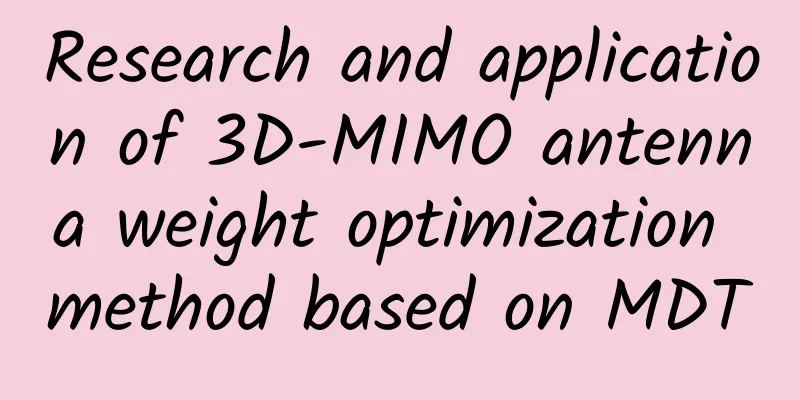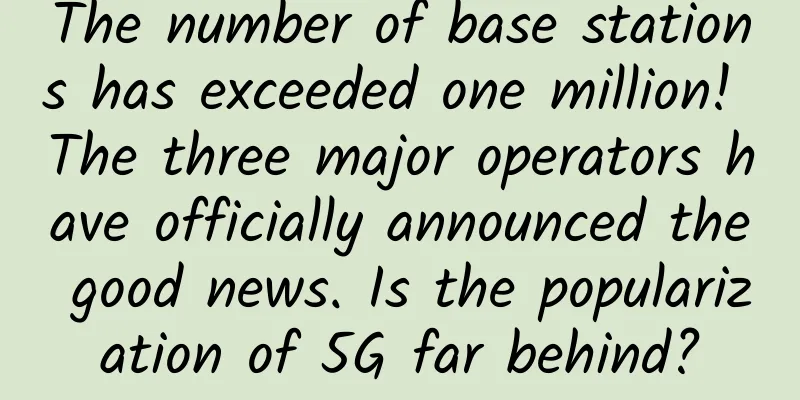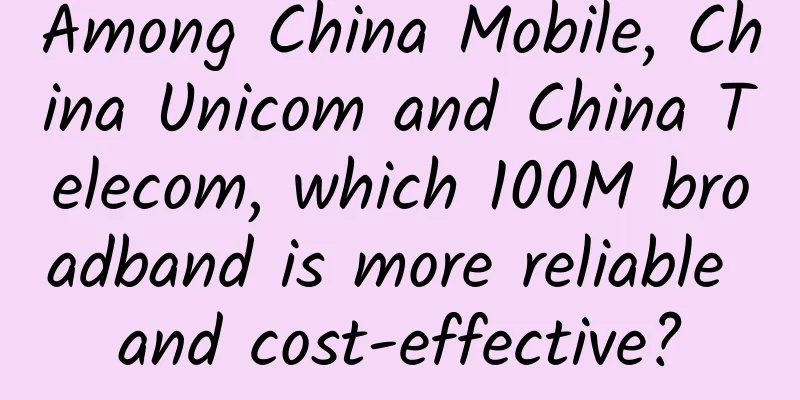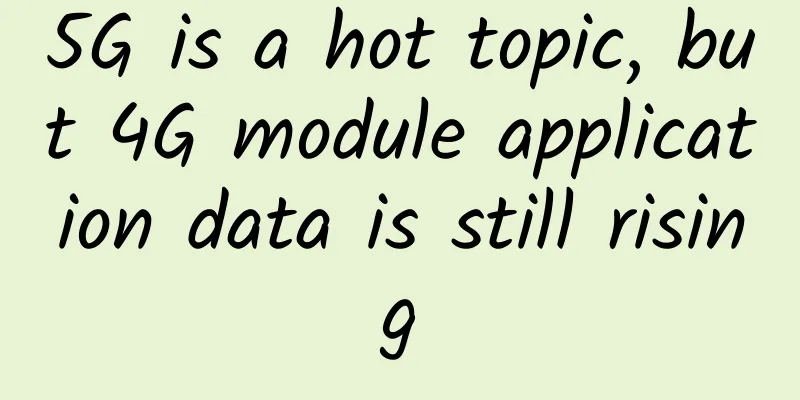Research and application of 3D-MIMO antenna weight optimization method based on MDT

Labs GuideThis paper proposes a method to optimize 3D-MIMO antenna weights based on MDT big data, so that the traffic hotspots are concentrated in the normal direction of the 3D-MIMO antenna, effectively improving user perception in the hotspot area, allowing the 3D-MIMO cell to absorb as much traffic as possible, maximizing the investment return of 3D-MIMO, and providing an effective basis for the subsequent large-scale construction and optimization of 3D-MIMO for 5G.
3D-MIMO (also known as Massive MIMO) is a high-end form of multi-antenna technology evolution and a key technology for 5G technology to 4G. It uses the vertical and horizontal spatial freedom provided by large-scale multi-antenna arrays to improve multi-user spatial multiplexing capabilities, beamforming capabilities, and interference suppression capabilities, and realizes three-dimensional beamforming and multi-stream multi-user resource multiplexing, greatly improving system capacity and three-dimensional coverage, and solving current "high load, high-rise buildings, high interference" and other scene problems. In the early stage of 3D-MIMO network construction, due to the inability to obtain user distribution in the cell, the 3D-MIMO broadcast beam antenna weights generally use the default settings, and cannot match different broadcast beam weights according to different coverage scenarios (such as wide coverage, high-rise coverage, high traffic, etc.), cannot achieve the optimal coverage of the broadcast beam, and cannot obtain the expected gain of 3D-MIMO. This paper introduces a method for optimizing 3D-MIMO broadcast beam antenna weights based on MDT data. MDT (Minimization of Drive-Tests) is a type of wireless measurement data reported by users in mobile networks, which includes information such as user geographic location and signal strength, interference, traffic, and user rate in the serving cell and neighboring cells. By analyzing the MDT data of users in 3D-MIMO cells and surrounding cells, the actual throughput, coverage, and interference distribution in the cell are obtained, and the optimal weights of 3D-MIMO broadcast beams are recommended according to the optimal search algorithm to improve the optimization efficiency of 3D-MIMO. At the same time, the broadcast beam weights are optimized based on different scenarios to improve the coverage quality of the broadcast channel and the cell throughput. 1. Research on 3D-MIMO antenna weight optimization method based on MDTThe 3D-MIMO antenna weight optimization method proposed in this paper uses the latitude and longitude, altitude and wireless measurement information contained in the MDT data measured and reported by ordinary commercial terminals to calculate the score of each antenna weight combination in the antenna file, and traverses different antenna weight combinations to obtain the final weight optimization suggestion. 1.1 Antenna Weight Optimization Core Algorithm 3D-MIMO has 13 groups of typical broadcast beam weights and 31 adjustable electrical downtilt angles (-15°~+15°), with a total of 283 antenna weight combinations. Different scenarios require different antenna weight combinations. MDT contains the user's GPS location information and M1-M7 wireless measurement information. The measurement items required by this method include M1, M3, M4, and M5 measurement items. The definitions of each measurement item are as follows:
The core algorithm of antenna weight optimization is to estimate lost users and potential absorbable users after 3D-MIMO cell broadcast weight adjustment, and predict gain scores of different antenna weight combinations. The specific implementation steps are as follows:
Wi= Among them, Cov, Cap, Thp, and Intf respectively represent the coverage level, traffic, user rate, and interference information in MDT. Each information is divided into five levels, and each level has a corresponding score. k, i, j, and m are weight factor coefficients, which respectively represent the weights of coverage level, traffic, user rate, and interference. In actual applications, they can be adjusted according to the focus of 3D-MIMO construction in different networks. The antenna weight scores Wi of all grids covered by the 3D-MIMO cell are calculated, and then the sum is averaged to obtain the score of the 3D-MIMO cell under the antenna weight. Step 3: Determine the coverage area of the target area according to the coverage capabilities of different combinations of horizontal lobe angles, vertical lobe angles and electronic downtilt angles in the antenna weight file, and estimate the potential users absorbed and lost users after the 3D-MIMO cell weights are adjusted, as shown in Figure 1 below. Step 4: Calculate the antenna weight score W under different antenna weight combinations, traverse and optimize different antenna weight combinations, obtain the gain score of the 3D-MIMO cell under all antenna beam weights, and sort by score to identify the optimal weight recommendation. The following table lists the expected gain scores of the top 10 antenna weight combinations. Table 1 Antenna weight gain 1.2 Antenna Weight Optimization Process According to the above antenna weight optimization algorithm, the user's MDT data is used as input and the following optimization evaluation process is used to achieve the optimal antenna weight.
2. Application of 3D-MIMO antenna weight optimization method based on MDT2.1 Optimizing system composition and implementation Based on the above 3D-MIMO antenna weight optimization algorithm and process, a 3D-MIMO antenna weight optimization system was developed using computer software to achieve automatic evaluation and calculation of different antenna weights. As shown in the figure below, the system consists of an input module, a calculation module, and an output module. The input module uses the base station configuration files, MDT data and 3D-MIMO antenna files of the surrounding cells at the 3D-MIMO cell level as input to complete the data parsing, aggregation and storage. The calculation module estimates the lost users and potential users based on the coverage capabilities of different antenna weight combinations according to the service distribution such as RSRP, interference, throughput and throughput rate contained in the MDT data, and then predicts the antenna weight gain score in its coverage area. The output module ranks and selects the best antenna weight combinations according to their predicted scores, and outputs the best antenna weight optimization suggestions. 2.2 Effect of optimization method application The antenna weight optimization system is used to calculate the gain scores that different antenna weights of the 3D-MIMO cell can bring. The recommended weights with the highest scores are implemented and verified, and the weight optimization effect is significant. The following takes the 3D-MIMO cell XX Building-43 as an example to illustrate the effect of 3D-MIMO antenna weight optimization. In the figure, the X-axis is the MDT gain score in the horizontal direction of the three-dimensional grid covered by the 3D-MIMO cell, and the Y-axis is the MDT gain score in the vertical direction. The numbers on the coordinate axis represent the cumulative score of the dimension. Figure 4: Distribution of MDT gain scores before and after optimization Before antenna optimization, the scores of the grids in the horizontal direction are from left to right: 21.9, 30.0, 11.9, 8.7, 6.8... It can be clearly seen that the MDTs with higher scores in the 3D-MIMO cell are basically in the grids on the left side of the coverage area; the scores of the grids in the vertical direction are from top to bottom: 14.7, 33.6, 27.9, 10.4, and the MDTs with higher scores are mainly in the grids in the middle of the coverage area. After antenna optimization, the scores of the grids in the horizontal direction are 8.5, 14.5, 29.8, 34.3, 35.9... from left to right, and the scores of the grids in the vertical direction are 12.8, 56.2, 52.9, 28.7 from top to bottom. The MDTs with higher scores in the 3D-MIMO cell are distributed in the grids in the middle of the coverage area both horizontally and vertically. Through 3D-MIMO antenna weight optimization, traffic hotspots are concentrated in the direction of the antenna normal, improving the coverage capability of hotspot areas, effectively improving user perception in hotspot areas, and improving the overall throughput of 3D-MIMO cells. Table 2 Example of 3D-MIMO antenna weight optimization effect 3. Conclusion3D-MIMO and MDT are both popular research directions in mobile networks. This paper proposes a method for optimizing 3D-MIMO antenna weights based on MDT big data. It organically combines massive user MDT measurement data and UE location information, comprehensively considers factors such as user coverage, capacity, interference and user performance, and gives the optimal weight recommendation for 3D-MIMO broadcast beams according to the optimal search algorithm. The optimal weights have been verified by application, and the capacity and user perception of 3D-MIMO cells have been significantly improved, effectively improving user perception in hot spots. At the same time, the broadcast beam weights are optimized based on different scenarios, improving the coverage quality of broadcast channels and cell throughput, and maximizing the investment return of 3D-MIMO. The MDT data reported by ordinary commercial terminals is used to realize automatic optimization of 3D-MIMO antenna weights, solve the technical problem of insufficient means for optimizing 3D-MIMO antenna weights, and greatly reduce the necessity of daily road tests and data analysis, improve the optimization efficiency of 3D-MIMO cells, and save network optimization costs. Massive MIMO is one of the key technologies for future 5G networks. Through the research and practice of 3D-MIMO antenna weights in this article, effective ideas and basis are provided for the subsequent optimization of Massive MIMO antenna weights in 5G networks. References [1] 3GPP TS37.320, Evolved Universal Terrestrial Radio Access E-UTRA Radio Measurement Collection for Minimization of Drive Tests(MDT) [S]. 2012. [2] He Lin, Liu Shenjian, Guo Shengli, et al. Analysis on the development status and application of minimized drive test technology [J]. Post and Telecommunications Design Technology, 2012, (12). [3] Qiao Zizhi, Miao Shouye, Sun Bitao. New progress in QoE field and its new application in minimization of drive test (MDT) [J]. Mobile Communications, 2010(19):24-28. [4] Chen Xu. LTE 3D-MIMO Technology and Application Analysis[D]. Fujian: Fujian Post and Telecommunications Planning and Design Institute Co., Ltd., 2017. [5] Peng Fei. 2D to 3D-MIMO User Pairing Resource Management[D]. Beijing: Beijing University of Posts and Telecommunications, 2014. [6] Liu Wenguang, Feng Zhihong. Optimization of smart antenna technology in TD-LTE system[J]. Information and Communication, 2014 (12): 182-183. [7] Tadilo Endeshaw Bogale, and Luc Vandendorpe. "Robust Sum MSE Optimization for Downlink Multiuser MIMO Systems with Arbitray Power Constraint: Generalized Duality Approach," IEEE Transactions on Signal Processing, vol. 60, no. 4, April. 2012. [8] Giuseppe Caire, Nihar Jindal, Mari Kobayashi, and Niranjay Ravindran. “Multiuser MIMO Achievable Rates with Downlink Training and Channel State Feedback,” IEEE Transactions on Information Theory, vol. 56, no. 6, June 2010. [This article is an original article by 51CTO columnist "Mobile Labs". Please contact the original author for reprinting.] Click here to read more articles by this author |
<<: Discussion on 5G+4G wireless network collaboration and key networking technologies
Recommend
Advanced Web Essentials: Network Optimization, Use It to Impress the Interviewer
Preface I've been so busy lately, the app is ...
What are the characteristics of 5G? A few keywords will help you understand
5G (fifth-generation mobile communication technol...
China and the United States compete in autonomous driving, 5G may become the "decisive factor"!
With the rise of autonomous driving technology an...
How fiber optics helps businesses and people in the digital age
How fiber optics helps businesses and people in t...
What is the difference between 5G and 5GHz Wi-Fi?
Are 5G and 5 GHz Wi-Fi the same thing? No, but te...
How does 5G help enterprises explore the development of the Internet of Things?
What is the Internet of Things? The “internet of ...
H3C SD-WAN security solution builds an integrated security assurance system for enterprise WAN
On September 26-27, the "2022 China Cloud Ne...
[11.11] Megalayer: 60% off Hong Kong/US high-defense servers, 60% off Hong Kong Alibaba/Huawei cloud hybrid servers, US servers 199 yuan/month
Yesterday we shared Megalayer's flash sale du...
Inspur Networks launches new Wi-Fi 6 products to enable the era of fully “wireless” IoT
On June 22, Inspur Networks held a Wi-Fi 6 new pr...
I persisted in studying TCP and finally understood the TCP protocol.
TCP is a connection-oriented, reliable stream pro...
China's five major mobile app stores jointly launch 64-bit Android ecosystem migration
(April 19, 2021) In order to assist Chinese Andro...
The hidden business opportunities of public telephone booths
The embarrassing survival status of public teleph...
In 2025, what directions in the communications industry are worth paying attention to?
Time flies, and in the blink of an eye, 2024 is o...
The fourth largest operator is here and is about to join the battle for 5G users, breaking the three-way competition
As consumers, if we want to receive 5G signals be...
5G Imagination in the Internet of Vehicles Makes Transportation Smarter
[[351620]] 5G is one of the Internet of Things co...









